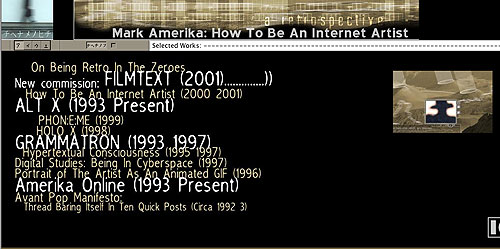Penguin Remixed, by Robyn Good (reblog)

Image and text source: masternewmedia.org
This is an absolutely great cultural marketing initiative, spreading valuable passages from some of the best classical writings in remixes and mashups completely created by users. Penguin Books has in fact made available a good number of audio recordings containing the voices of some popular actors reading through classical passages. Users can freely download the recordings and remix them with music and sounds in any way they like.
The results are nothing short of astonishing.
In my personal view this has got to be one of the best ways to get exposure to the classics for today’s youth. Not only. It is my personal conviction and experience that by listening to the spoken word when associated to repetitive and not dominant music patterns the human brain can memorize and remember those words much more effectively.
Don’t think so? Give it a try:











